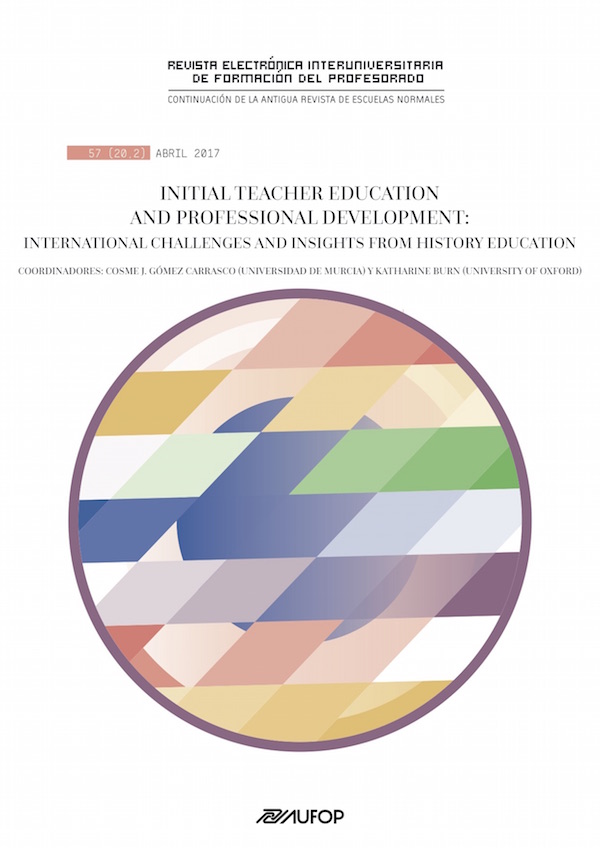The historical significance of African liberation – the views of South African History Education students
Supporting Agencies
- Johan Wassermann
- University of Pretoria
Abstract
Abstract
This study drew on the views of South African first-year history education students who are studying to become teachers. In an open-ended survey they were asked to, by means of intellectual imagination, to express their views on what topics they would like to see as part of the school history curriculum. The purpose of this was to determine what they regarded as historically significant enough to study in history at school. The responses were analysed by means of open coding and read through Counsell’s conceptualisation of historical significance. What emerged was that the struggle against apartheid was viewed by only handful as an actual struggle for liberation against internal colonialism. The African liberation struggles against European colonialism fared even worse and was only imagined by a small number of students as worthy of inclusion in an imagined school history curriculum. At the same time at no stage were the struggled against apartheid linked to the broader African liberation struggle. What this speaks of is no only a South African exceptionalism but a view that the African liberation struggle are not really historically significant enough to be include in a imagined history curriculum.
Downloads
-
Abstract710
-
PDF359
Los artículos que se publican en esta revista están sujetos a los siguientes términos:
1. El Departamento de Métodos de Investigación y Diagnóstico en Educación de la Universidad de Murcia (España), junto con el Servicio de Publicaciones de la Universitdad de Murcia (Editum) son los editores de la revista REIFOP y conserva los derechos patrimoniales (copyright) de los artículos publicados, permitiendo la reutilización de las mismos bajo la licencia de uso indicada en el punto 2.
2. Las obras se publican en la edición electrónica de la revista bajo una licencia Creative Commons Reconocimiento-NoComercial-SinObraDerivada 3.0 España (texto legal). Se pueden copiar, usar, difundir, transmitir y exponer públicamente, siempre que: i) se cite la autoría y la fuente original de su publicación (revista, editores y URL de la obra); ii) no se usen para fines comerciales; iii) se mencione la existencia y especificaciones de esta licencia de uso.
3. Condiciones de auto-archivo. Se permite y se anima a los autores a difundir electrónicamente las versiones pre-print (versión antes de ser evaluada) y/o post-print (versión evaluada y aceptada para su publicación) de sus obras antes de su publicación, ya que favorece su circulación y difusión más temprana y con ello un posible aumento en su citación y alcance entre la comunidad académica. Color RoMEO: verde.















